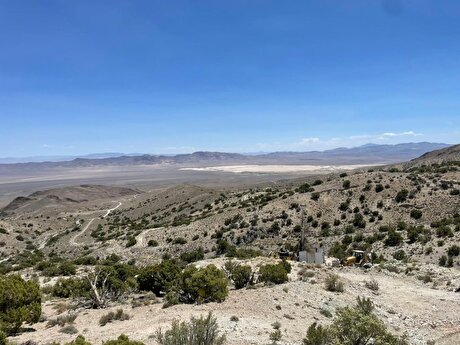
Australia govt’s lithium price outlook is bleak
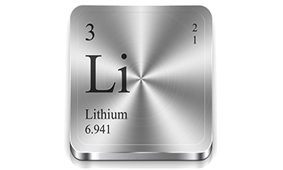
Free-on board prices of lithium carbonate from South American brine ponds are down 27% over the past year to average $11,500 a tonne in June, according to Benchmark Mineral Intelligence data. Ex-works prices in China have collapsed from a peak of $24,750 in March last year to below South America export prices.
Producers in Australia now get $300 less for spodumene concentrate (6% lithium used as feedstock for lithium hydroxide ) cargoes than in July last year, when prices were above $900 a tonne, according to Benchmark’s June assessment. Lithium hydroxide prices followed carbonate down, but now trade at a premium to the latter at over $13,000 inside China.
Thanks to a slew of new hard-rock lithium mines and expansions at existing operations in Western Australia, the country is now the number one producer of the white metal.
New supply coming on stream over the next couple of years – thanks in large part from the expansion of Greenbushes, the world’s largest lithium mine – is also dominated by Australia.
In a new report by Australia’s Department of Industry, Innovation and Science predicts continued decline in the price of lithium hydroxide as spodumene pre-cursor material floods supply chains in China and Europe.
Lithium hydroxide prices are projected to fall by around 15 per cent in 2019, as oversupply persists and inventories grow. Over the outlook period, the supply surplus is projected to gradually close, with the price expected to start turning around after 2020.
Spodumene ore is expected to face a longer period of oversupply, with prices remaining soft through 2021.
The fact that supply is being triangulated against future demand makes it somewhat unlikely that oversupply will correct in the very near future. However, demand growth is likely to outstrip supply by around 2023.
The build-up of stocks worldwide in anticipation of the dozens of so-called gigafactories (named after the Tesla facility in Nevada) being built around the world must be particularly worrying for lithium price bulls.
The office of Australia’s chief economist predicts a 26+% increase in stockpiles worldwide, representing 2-and-a-half years of consumption.
According to the study, the ramp-up in electric vehicle and battery facilities is projected to lift lithium demand from 234,000 tonnes in 2018 to more than 349,000 tonnes by 2021.
Currently, less than half the lithium produced around the world ends up in rechargeable batteries.
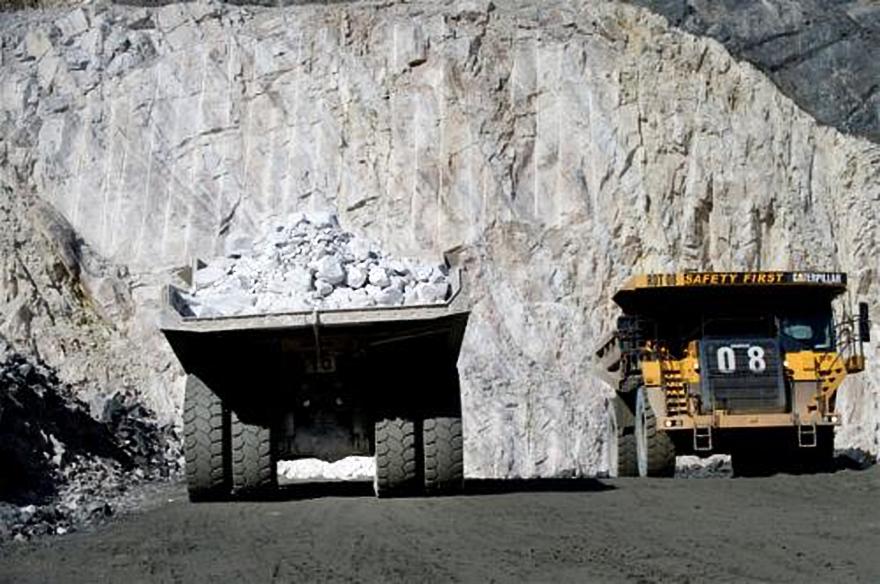


Gold price eases after Trump downplays clash with Fed chair Powell

Copper price hits new record as tariff deadline looms

Brazil producers look to halt pig iron output as US tariff threat crimps demand

Three workers rescued after 60 hours trapped in Canada mine

Gold price could hit $4,000 by year-end, says Fidelity

US targets mine waste to boost local critical minerals supply

Energy Fuels surges to 3-year high as it begins heavy rare earth production

Glencore workers brace for layoffs on looming Mount Isa shutdown

Chile’s 2025 vote puts mining sector’s future on the line

Kinross divests entire 12% stake in Yukon-focused White Gold

Gold price could hit $4,000 by year-end, says Fidelity

Southern Copper expects turmoil from US-China trade war to hit copper

Ramaco Resources secures five year permit for Brook rare earth mine in Wyoming

Column: EU’s pledge for $250 billion of US energy imports is delusional

Finland reclaims mining crown as Canada loses ground

Gold price down 1% on strong US economic data
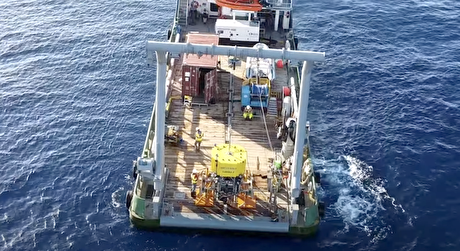
Trump’s deep-sea mining push defies treaties, stirs alarm

Chile’s 2025 vote puts mining sector’s future on the line

Gold price retreats to near 3-week low on US-EU trade deal

Gold price could hit $4,000 by year-end, says Fidelity

Southern Copper expects turmoil from US-China trade war to hit copper

Ramaco Resources secures five year permit for Brook rare earth mine in Wyoming

Column: EU’s pledge for $250 billion of US energy imports is delusional

Gold price down 1% on strong US economic data

Trump’s deep-sea mining push defies treaties, stirs alarm

Chile’s 2025 vote puts mining sector’s future on the line

Gold price retreats to near 3-week low on US-EU trade deal
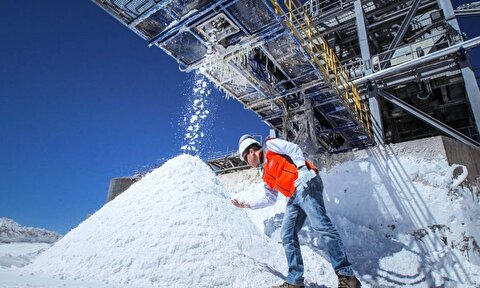
China’s lithium markets gripped by possible supply disruptions
